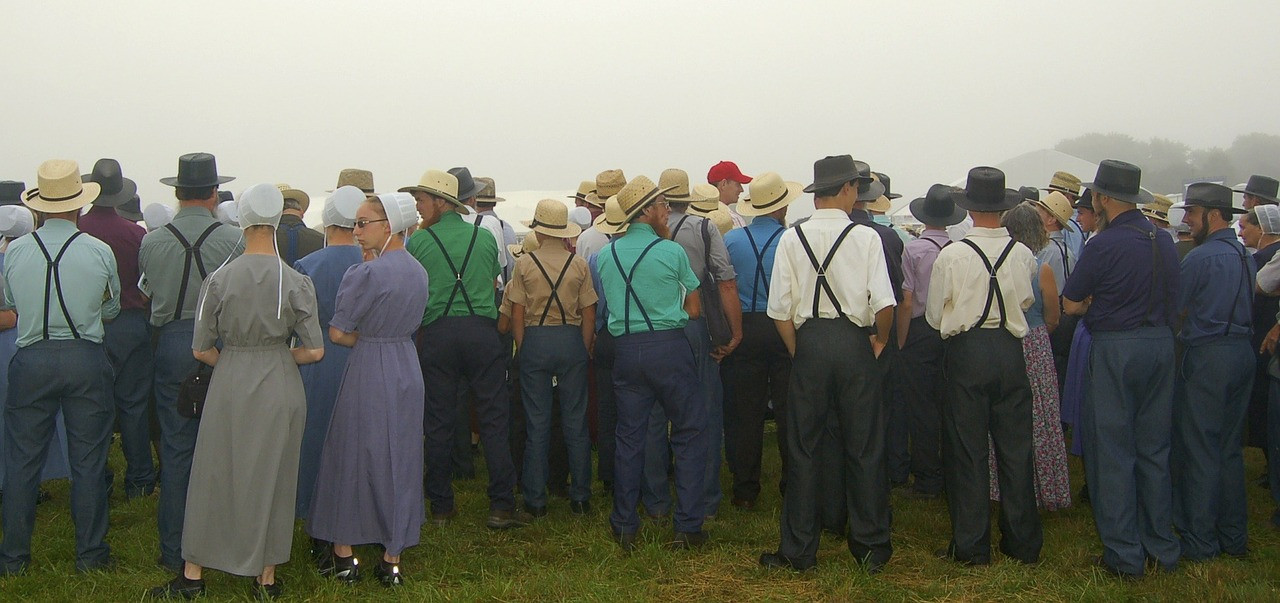The old Amish frolic remedy for lost connection
posted on
May 10, 2018

The Amish have this amazing tradition called a frolic. It’s when you invite your community to help you accomplish a big project. The host provides the game plan and the food... plenty of food. You work, you play, you eat, you chat, you connect, and you are well.
In the spring, it’s time to make hay. Our farmer goes to many hay making frolics and hosts some himself. Each year, our farm uses about 15,000 bales of hay. That’s a lot of hay - that’s a lot of work!
Just like baling 15,000 bales of hay, living the modern American life can be nearly impossible to do solo. We should be creating and reaching out to our community, which has a much bigger than we think.
This week, I heard psychologist and coach Lisa Daron speak about her human engagement project, The Connection Cure. It was eye opening. She spoke about how your body has an immune response, creating endorphins and white blood cells, when connecting with another human in person.
We are basically built to be in community. Even a “micro-moment” of making eye contact with another person has an impact on your well-being.
Fostering connectedness with your community is nothing new – it’s the oldest of traditions that the Amish continue to carry on. Unfortunately, a big sense of community has been lost in the American suburbs and busy cities.
I love the idea of introducing the Amish frolic into my family’s traditions and wellness regimen. Maybe my first one could be power washing the house or building an outdoor fireplace. What would you do?
OK, I know it can be intimidating cooking for a large group of people, but, if you plan ahead, it can be quick and affordable.
When hosting a frolic, the farmer’s wife Rebeca often makes meatloaf. It’s a more affordable dish that’s easy to make ahead and make A LOT of. And her recipe is delicious! It became an instant hit in my home.
Meatloaf
- 3 lbs ground beef
- 1-1/2 cups oatmeal
- 1 cup heavy cream
- 3 beaten eggs
- 2 tsp salt
- 1 medium chopped onion
- 3 tsp nutritional yeast
- 2 tsp celery leaves (or seasoning of your choice)
Sauce
- 2 cups ketchup (homemade)
- 1-1/2 cups maple syrup (or sweetener of choice)
- 1-1/4 Tbsp liquid smoke
- 1 cup water
Mix meatloaf well and shape in bread or cake pans. Pour sauce over meat and bake uncovered at 350F for 1 hour.
Make 1/3 batch for a family dinner, 2/3 batch if you want an extra loaf to freeze, and make a full batch to serve at your frolic. Oh, and this recipe can also be made as meatballs!




